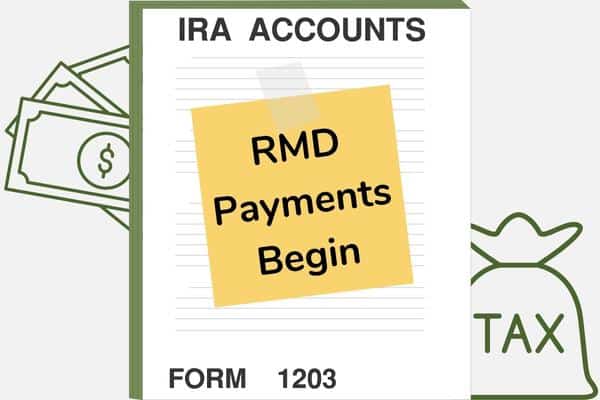The year 2023 brings several boosts to Americans’ finances thanks to SECURE 2.0 tax law changes and other inflation adjustments. Here we focus on key aspects regarding retirement savings potential and retirement income. Each of these has the potential to improve your financial well-being long-term.
-
Increased Retirement Plan Contributions:
For individuals currently working and seeking to increase retirement savings, the maximum contributions to IRAs and workplace plans have increased for 2023. The limit on 401(k), 403(b) and most 457 plans has risen to $22,500, up from $20,500 in 2022, plus an additional $7,500 in catch-up contributions for those 50 and older. IRA contribution limits have also increased from $6,000 to $6,500 in 2023, plus an additional catch-up contribution of $1,000 for those 50 and older.
Furthermore, much higher contribution limits are on the horizon for those nearing retirement. The recent passage of SECURE 2.0 will allow additional contributions of $10,000 per year, indexed for inflation, for individuals ages 60-63 starting in 2025.
-
Roth IRA Employer Matching Contributions:
Employer matching contributions can now be made on a Roth basis, granting more powerful employer benefits for retirement savings.
-
Mandatory Roth IRA Catch-Up Contributions for Higher Earners:
Individuals with wages of more than $145,000 will be required to allocate catch-up contributions into a Roth 401(k) versus a traditional 401(k) starting in 2024. This will lower current year tax deferral opportunity, but it does add to tax preferred Roth IRA savings that could be beneficial long-term.
-
Required Minimum Distributions (RMDs) Delayed:
The starting age for RMDs is now pushed back to age 73 as part of SECURE 2.0 legislation passed by Congress. Previously, anyone turning 72 had to start minimum withdrawals. The provision now delays RMDs to begin in the year in which an individual turns age 73.
Further changes begin in 2033. In this year, the starting age for RMDs is pushed back to age 75 for those born in 1960 or later.
Both of these changes allow greater flexibility for investment and tax planning opportunities.
-
Social Security Benefits Increases:
Those receiving Social Security benefits will see their monthly payments increase by the highest amount in decades in 2023 due to inflation. The annual Cost of Living Adjustment (COLA) for 2023 benefits is 8.7%. With prices of goods and services higher than a year ago, the increased income will help seniors maintain purchasing power. This could help reduce the reliance on investment accounts to supplement higher costs, both now and when inflation eases in the future.
-
Medicare Premiums Decrease:
Those 65 and older will receive an extra boost to income in 2023 in the form of a lower deduction for Medicare premiums from Social Security benefits. Since Medicare premiums are subtracted from Social Security payments, the actual monthly income will not decline as it has in the past because of the insurance costs. This is a welcome relief after the impacts of 2022 when recipients saw their 5.9% Social Security COLA eroded by a 14.5% increase in Medicare Part B premiums.
-
Greater Savings Potential for Children and Grandchildren:
Starting in 2024, excess balances in 529 college savings plans can be used to fund Roth IRA accounts on behalf of the beneficiary. The 529 plan must have been open for at least 15 years or longer, and only contributions made at least 5 years prior are eligible. The lifetime maximum transfer is $35,000 with a current annual limit of $6,500 per year.
Retirement and family wealth planning is changing, thanks to SECURE 2.0, which contains more than 90 provisions affecting retirement accounts and income taxes. Now, more than ever, it is wise to explore with your financial advisor which of these affects you.
SageVest Wealth Management works with individuals both pre- and post-retirement, helping them understand ongoing tax changes affecting retirement planning. Our goal is to help you maximize your retirement benefits in relation to your life goals. We welcome you to contact us to discuss your retirement or any of your financial planning needs.



